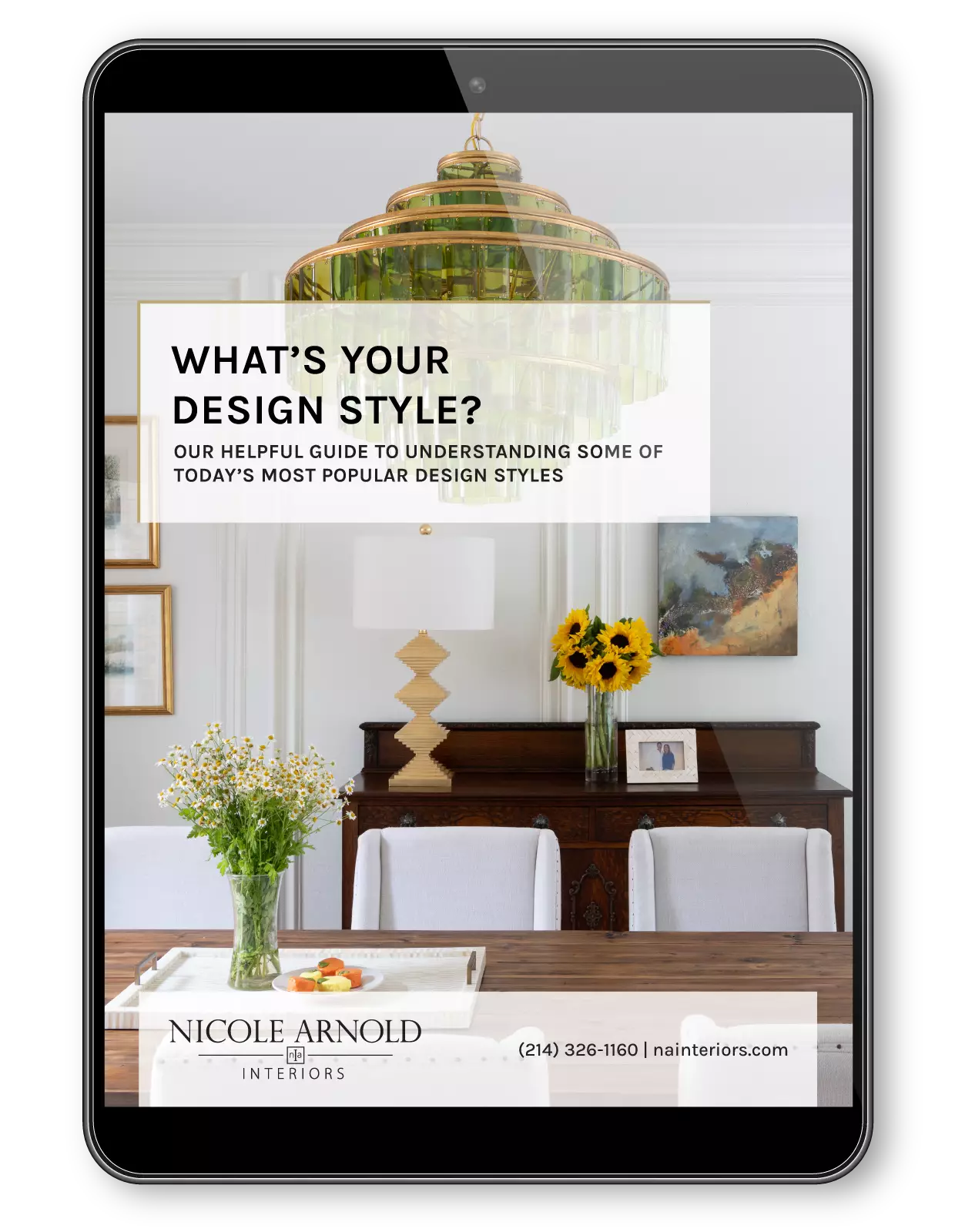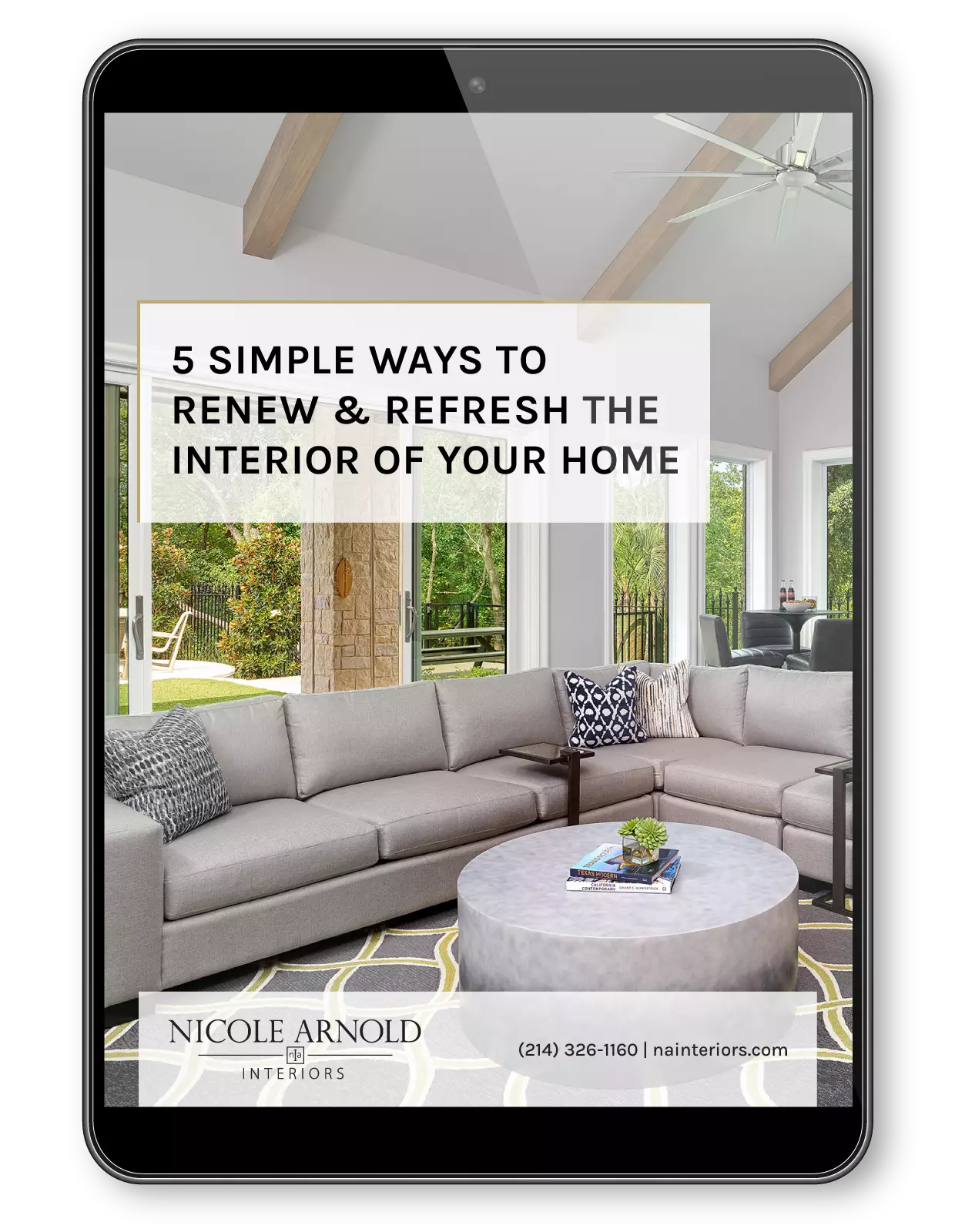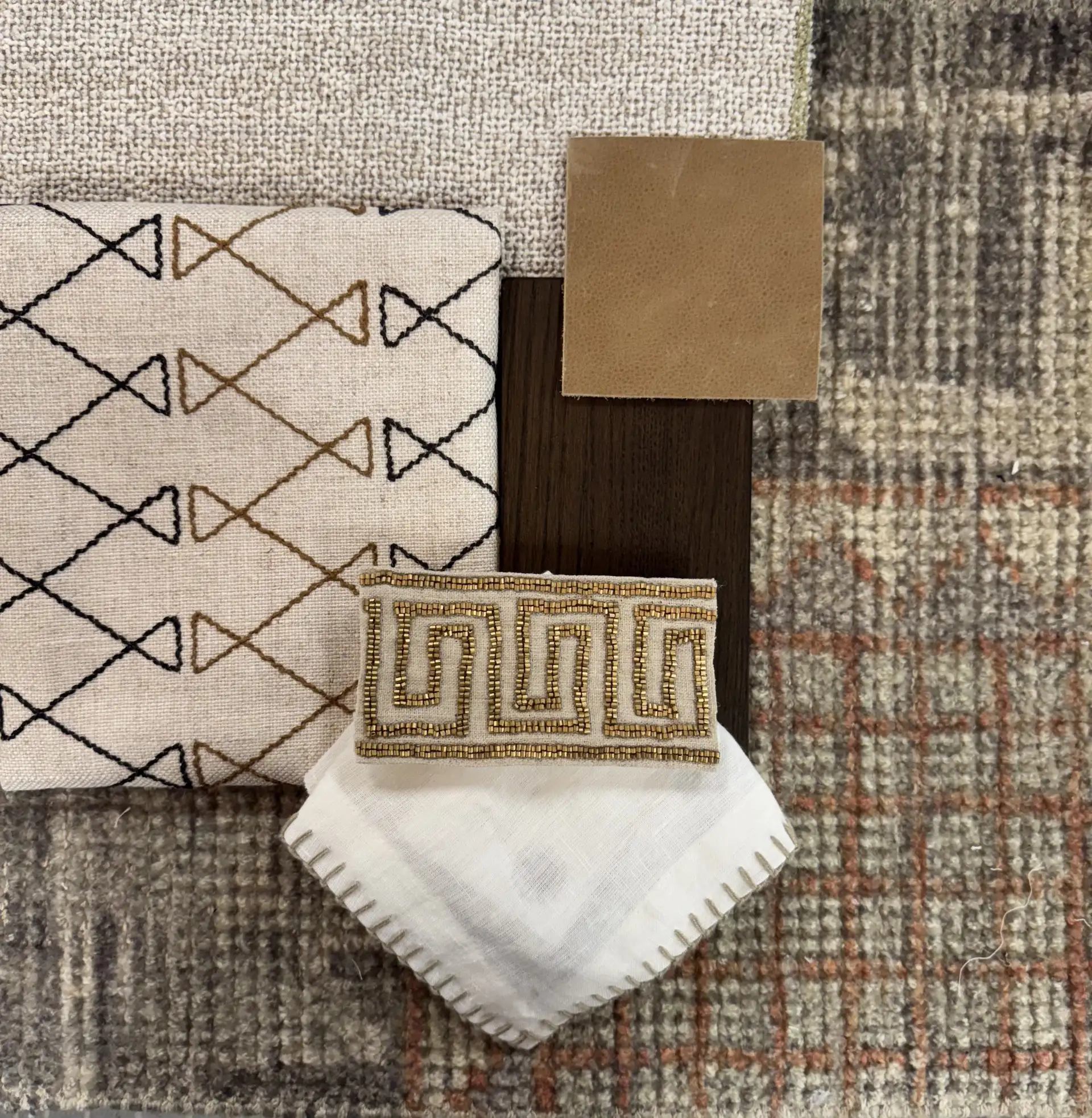
Reducing clutter and mixing textures and colors are just two of many professional tips you can use to enhance a room.
One of the nice things about being a professional interior designer is that I’ve had the opportunity to participate in a wide variety of design projects. I’ve seen what works in different settings and I’ve been able to recognize many common themes and problems.
So, I’m never designing a space completely from scratch because I’m able to use my experience from previous projects. This gives me a number of tricks up my sleeve and enables me to sidestep potential pitfalls as well as remain very time effective.
Whether you’re building a new home or merely redesigning a few rooms, it’s helpful to approach things from a designer’s mindset. Here are some tricks of the trade that I’ve found particularly helpful over the years:
-
- More isn’t necessarily better.
You don’t have to fill every space. Leaving negative space often makes a room feel more comfortable. When accessorizing, make sure you properly accentuate a focal point. If you add too much to a room all over the place, it just becomes clutter or “visual noise.” There are situations where less is more. - Mix it up.
Vary the elements in your room. Use different shapes, sizes and textures to create depth and interest. Vary the materials you use such as wood, glass, fabric or tile. Similarly, when buying furniture don’t buy the set off the retail floor. When all the sofas and chairs look alike and all the tables match, you can end up with a “canned” look. To create a truly interesting room, you need to mix it up a bit. - Be bold.
Don’t be afraid to try to integrate that oddball piece. It’s okay to make a statement. Done right, the result can be stunning. - Reduce echoes and noise by adding soft surfaces.
Sometimes you may find that a room echoes, is too loud or sounds “tinny.” When this happens, make sure you have enough soft surfaces to balance with the hard surfaces. These can be draperies, floors, upholstery, and in some cases, sound panels. Keep in mind that there has to be a place for sound to go or it just bounces all over the room and becomes noise. You may have experienced this first hand in an extremely loud restaurant—it’s lacking sufficient soft surfaces to absorb the sound generated by all the patrons and kitchen noise. - Change the way a room feels by switching light bulbs.
If your lighting isn’t giving you the look you want, switch to a different type of bulb. Interior lighting can have a significant impact on the way we perceive finishes and color combinations. For a cooler look, use CFLs. For a warmer look, go with incandescent or daylight bulbs. - Avoid artificial plants.
Plants are fantastic in a room. However, try to avoid artificial species unless you go with a high quality. All too often, the cheaper varieties appear dusty and lifeless. In the Feng Shui world, artificial flowers symbolize death. Live plants bring not only “life” to the room, but are good for the environment. After you’ve invested in expensive furnishings and finishes, don’t skimp on your foliage. Go live or get truly high-quality artificial pieces. - Repurpose old pieces.
Don’t discard that old piece, repurpose it. Consider whether a piece can be salvaged by changing its color or accentuating it in some way. For example, instead of throwing away a gold mirror, antique it or paint it a bright solid color to create an entirely new look. Suddenly you have brand-new décor. - Change it up.
Keep a space fresh by changing things up occasionally. Simply rearranging the art every six months can keep a room from going stale. Changing out pillows or accessories seasonally adds color and variety. Reupholstering fabric or painting the walls can completely transform a room. Don’t underestimate how periodic changes can maintain interest and the extend life of most of your decor. - Get personal.
A powerful way to bring meaning to a space is by adding personal elements. Consider only including things in your décor that mean something to you. It will make you feel more special about the room, lessen the chances of you getting tired of the items and will express your own unique personality.
- More isn’t necessarily better.
Designing a space often requires stepping outside the box and looking at things from a new viewpoint. Hopefully these tips give you a fresh perspective that you can use to create the top-notch design you envision.














